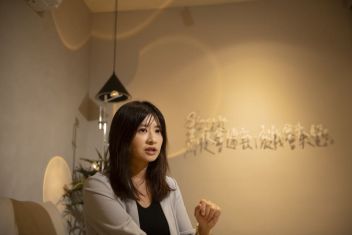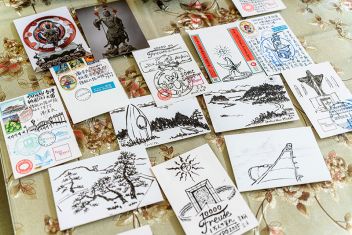“The mountainous district of Beitou in Taipei is one of the two places in the world whose turquoise-colored hot springs are known to contain radium. Beitou’s hot springs are richly varied in terms of their chemical compositions. With its traditions of itinerant musical performances and high-end cuisine, the place also boasts a vibrant cultural history that sprang from its famous spas.





















